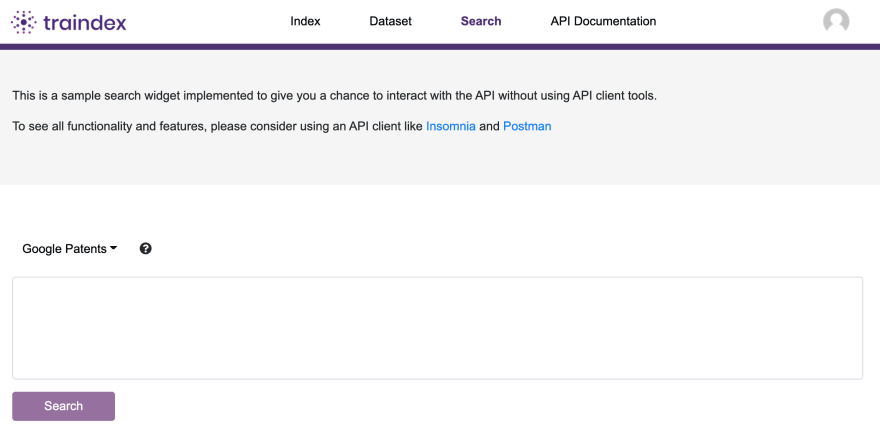How to conduct a patent search
A patent search helps evaluate the patentability of your invention. It lets you know if somebody else has already come up with the same idea or similar. If there's an existing patent for your invention, the patent offices will reject your patent, and all the time and money you invested in it will go to waste.
Patent search may get a little overwhelming, which is why this article will help and make this daunting task easier for you.
If you're new to patent searching, let's understand why you might find it helpful. If you have an idea for an invention, a patent search will help you familiarize yourself with previous patents to understand your invention's patentability. Understanding patentability enables you to avoid costly decisions. Patent search may also allow you to improve your existing patent application or your invention itself while avoiding copying someone else's idea.
Besides building up on your idea for an invention, you might want to conduct a patent search to find out about recent inventions. It might assist you in studying the development of a particular technology you are interested in. You can also find patents by famous academics, perhaps for your research, or maybe if you are just keen on learning about their work.
Now that we've discussed what patent search is and how it might help you, let's move on to the process of a patent search itself. There are multiple ways to conduct a patent search. We have made a list of four patent search methods we have used in the past and found useful:
1. United States Patent and Trademark Office
The United States Patent and Trademark Office, or the USPTO, has an extensive library with multiple patent resources. There are Full-Text Patents from 1976 and PDF Image Patents starting from 1790. There is also a Full Text and Image Database for patent applications.
There are three ways of searching Full Text patents: Quick Search, Advanced Search, and Patent Number Search.
In Quick Search, you enter the terms along with fields to search for patents. Although the process was very slow, I got 848557 hits with 1 through 50 on the first page when I searched for chemical (Term 1) and reaction (Term 2). The boolean operator here being "and". You can choose the boolean operator when you enter terms to search: "and", "or" and "andnot". You can easily move to the next page by clicking "Next 50 hits", or enter a number you want to jump to in the box next to "Jump To".
In Advanced Search, you have the option to enter multiple terms with appropriate boolean operators in different fields. The Patent Number Search allows you to search for patents using patent numbers.
2. Google Patent Search

Google Patents works the same as the Google search engine but catalogs patents and patent applications. Over the years, it has expanded to cover the European Patent Office, World Intellectual Property Organization, among other Intellectual Property organizations worldwide. It has global litigation information showing litigation history for patents anywhere in the world. Google Patent Search engine is a lot faster than the USPTO in showing results.
3. IFI Claims Patent Services
IFI Claims Patent Services is another platform to search for global patent information if you have a subscription. Google Patents also use the IFI Claims patent database. You cannot search for patents on their publicly available website. However, the IFI Claims service provides an API service built on top of a SOLR index. The full documentation of their search API endpoint is available here.
4. Traindex
Traindex is a search service for corporate datasets powered by machine learning. Specifically, it is a semantic text similarity service served as an Application Programming Interface (API). Traindex applies a model on patents extracted from "Google public patents data" and serves it as an API that your applications can consume.
You can use the Traindex search widget here to search for patents. Type your query in the space provided, as shown in the image below. You can choose one of the two indices: Google Patents or Wikipedia (the two active indices) and hit the search button. It was fairly quick and gave me 99 results for my query, "chemical reaction", along with the score for each link.
For more information on Traindex, check out the link here.
Patentability search is essential if you need to submit a patent application or have an idea for an invention and want to ensure someone else hasn't come up with the same or similar idea. It is also helpful if you want to find out about recent inventions or are interested in the development of particular technologies or want to find patents of famous academics. There are various routes to search for patents, including the USPTO, Google Patent Search, IFI claims, and Traindex.
Hopefully, this article gave you an insight into how to search for patents. But if you have any questions regarding patent searching, send us an email at blog@foretheta.com.









Oldest comments (0)